

Articles
How To Store Dehydrated Chicken
Modified: January 6, 2024
Learn the best ways and tips for storing dehydrated chicken in this informative article. Keep your dehydrated chicken fresh for longer!
(Many of the links in this article redirect to a specific reviewed product. Your purchase of these products through affiliate links helps to generate commission for Storables.com, at no extra cost. Learn more)
Introduction
Welcome to the world of dehydrated chicken — a versatile and convenient ingredient for all your culinary needs. Whether you’re an avid camper, a busy parent, or simply looking to add some protein-packed flavor to your meals, storing dehydrated chicken can be a game-changer. This article will guide you through the process of properly storing dehydrated chicken to ensure its freshness and longevity.
Dehydrated chicken is a popular choice among outdoor enthusiasts due to its lightweight nature and long shelf life. By removing the water content from the chicken, it becomes lightweight, making it ideal for backpacking trips or emergency food supplies. Additionally, dehydrated chicken retains its nutrients and flavors, allowing you to add it to a variety of dishes, from stews and soups to salads and casseroles.
Properly storing dehydrated chicken is essential to maintain its quality and prevent spoilage. By following a few simple steps, you can ensure that your dehydrated chicken remains fresh and flavorful for an extended period.
In this article, we will explore the benefits of storing dehydrated chicken, the preparations required for storage, tips on choosing the right container, the optimal storage location, the importance of labeling and dating, monitoring temperature and humidity, and finally, some useful tips for extending the shelf life of your dehydrated chicken.
So, let’s dive in and discover the best practices for storing dehydrated chicken, and ensure that you always have a delicious protein source at your fingertips.
Key Takeaways:
- Storing dehydrated chicken offers a multitude of benefits, including a long shelf life, lightweight portability, retained nutritional value, and versatile usage in various recipes. It’s a convenient and cost-effective protein source for any culinary need.
- Proper preparation, container selection, storage location, labeling, and monitoring of temperature and humidity are essential for extending the shelf life of dehydrated chicken. Implementing these practices ensures freshness and flavor for months or even years.
Benefits of Storing Dehydrated Chicken
Storing dehydrated chicken offers numerous advantages that make it a worthwhile addition to your pantry. Here are a few benefits:
- Long Shelf Life: Dehydrated chicken has an exceptionally long shelf life compared to fresh or frozen chicken. When stored properly, it can last for months or even years.
- Lightweight and Portable: Dehydrated chicken is incredibly lightweight and takes up minimal space, making it perfect for camping, hiking, or any outdoor adventure. It allows you to carry a good source of protein without the added weight.
- Nutritional Value: Dehydrated chicken retains its nutritional value, including protein content, even after the dehydration process. This makes it an excellent option for those wanting to maintain a balanced diet during extended trips or in emergency situations.
- Versatility: Dehydrated chicken can be used in a wide range of recipes. Whether you want to add it to soups, stews, stir-fries, pasta, or even sandwiches, it offers a convenient and flavorful protein option that can enhance the taste of various dishes.
- Convenience: Having dehydrated chicken on hand eliminates the need for thawing and cooking meat from scratch. It saves time and effort in meal preparation, especially when you’re in a rush or looking for a quick meal solution.
- Cost-Effective: Buying dehydrated chicken in bulk can be more cost-effective compared to purchasing fresh or frozen chicken. It allows you to stock up on a protein source without worrying about it spoiling quickly.
With these benefits in mind, it’s clear why storing dehydrated chicken is a smart choice. Not only does it offer convenience and versatility, but it also ensures that you have a reliable source of protein whenever you need it. Now that we understand the advantages, let’s move on to the preparation process to ensure optimal storage and freshness.
Proper Preparation
Before storing your dehydrated chicken, it’s important to ensure that it is prepared correctly to maintain its quality and flavor. Follow these steps for proper preparation:
- Cook the Chicken: Start by cooking the chicken until it is fully done. You can use a variety of methods, such as baking, grilling, or boiling. Ensure that the chicken reaches a safe internal temperature to eliminate any risk of foodborne illness.
- Cool the Chicken: After cooking, allow the chicken to cool completely. This helps retain moisture and prevents condensation during the dehydration process.
- Dehydrate the Chicken: Using a food dehydrator or an oven set to a low temperature, remove the majority of the water content from the chicken. Follow the manufacturer’s instructions for your dehydrator or set your oven to a temperature around 140°F (60°C) and let it dehydrate for several hours until it reaches a dry and crispy texture. The time may vary depending on the thickness of the chicken pieces.
- Check for Moisture Content: Once dehydrated, check the chicken for any signs of moisture. It should be brittle and break easily. If any moisture remains, continue to dehydrate until it reaches the desired texture.
Properly preparing your dehydrated chicken is crucial for maintaining its quality and ensuring its longevity in storage. By following these steps, you will have perfectly dehydrated chicken that is ready to be stored for future use.
Now that your dehydrated chicken is prepared, let’s move on to discussing the right container for storage.
Choosing the Right Container
When it comes to storing dehydrated chicken, choosing the right container is essential to protect it from air, moisture, and pests. Here are some factors to consider when selecting a container:
- Airtight: The container should be airtight to prevent air from entering and causing the chicken to spoil. This helps to maintain its flavor, texture, and freshness over time.
- Opaque: Opt for an opaque or dark-colored container to block out light. Light exposure can lead to a loss of color, flavor, and nutrient content in the dehydrated chicken.
- Durable: Choose a container that is sturdy and durable to withstand handling and storage. Avoid containers that may crack or break easily, as they can compromise the quality of the chicken.
- Size and Shape: Consider the size and shape of the container in relation to the quantity of dehydrated chicken you need to store. Smaller containers may be suitable for individual portions, while larger containers can accommodate bulk storage.
- Stackable: If you plan to store multiple containers, opt for ones that are stackable to save space in your pantry or storage area.
- Easily Accessible: Look for containers with wide mouths or easy-to-open lids for convenient access to your dehydrated chicken. This makes it easier to remove what you need without disrupting the rest of the contents.
Common container options for storing dehydrated chicken include glass jars with screw-top lids, plastic or silicone food storage containers with airtight seals, or vacuum-sealed bags. Choose the option that best suits your needs and preferences.
Remember, the quality of the container plays a significant role in preserving the freshness and longevity of your dehydrated chicken. Take the time to choose the right container to ensure the best storage conditions for your chicken.
Next, we’ll discuss the optimal storage location for your dehydrated chicken.
Storage Location
When it comes to storing your dehydrated chicken, selecting the right storage location is crucial for maintaining its quality and longevity. Here are some tips to consider:
- Cool and Dry: Choose a storage location that is cool, dry, and away from direct sunlight. Temperature fluctuations and exposure to moisture can degrade the quality of the chicken and cause it to spoil.
- Avoid Heat and Humidity: Keep your dehydrated chicken away from areas of high heat and humidity, such as near the stove or dishwasher. These conditions can accelerate spoilage and the growth of mold or bacteria.
- Pantry or Cupboard: A pantry or cupboard in your kitchen is an ideal storage location for dehydrated chicken. Make sure the area is well-ventilated and free from moisture or strong odors that could affect the flavor of the chicken.
- Avoid Freezer: While dehydrated chicken has a long shelf life, it does not require freezing. Freezing may affect the texture and taste of the chicken, so it’s best to store it at room temperature.
- Away from Strong Odors: Keep your dehydrated chicken away from strong-smelling foods or substances, as they can transfer odors to the chicken. Use airtight containers to further minimize the risk of odor contamination.
By ensuring an optimal storage location, you can extend the shelf life of your dehydrated chicken and maintain its taste and texture. Remember to regularly check the storage area for any signs of pests or moisture, and promptly address any issues to prevent spoilage.
Now that you know where to store your dehydrated chicken, it’s time to discuss the importance of labeling and dating.
Store dehydrated chicken in an airtight container or vacuum-sealed bag in a cool, dark place. This will help to preserve its flavor and texture for longer periods of time.
Labeling and Dating
Properly labeling and dating your dehydrated chicken is essential for organization, identification, and ensuring that you use the oldest stock first. Here are some guidelines for labeling and dating:
- Label the Container: Clearly label each container with the contents, such as “Dehydrated Chicken,” to easily identify it among your storage items. Use waterproof or smudge-proof labels to ensure they remain readable over time.
- Include the Date: Write the date of the preparation or packaging on the label. This helps you keep track of when the dehydrated chicken was stored, making it easier to rotate and use the oldest stock first.
- Indicate Storage Instructions: Consider adding storage instructions on the label, such as “Store in a cool, dry place,” to serve as a reminder and ensure proper conditions are maintained.
- Note Any Seasonings or Flavors: If you have added specific seasonings or flavors to your dehydrated chicken, it can be helpful to mention them on the label. This will guide you when using the chicken in recipes.
- Use a Permanent Marker: Use a permanent marker or a labeling system that won’t fade or rub off easily, even with extended storage periods.
- Keep a Inventory List: Consider maintaining an inventory list of your dehydrated chicken stock. This can help you keep track of quantities, dates, and quickly identify what you have on hand.
By labeling and dating your dehydrated chicken containers, you can ensure proper rotation and usage of your stock. It also provides clarity and convenience when you’re searching for specific ingredients in your pantry.
Next, let’s explore the importance of monitoring temperature and humidity for optimal storage conditions.
Monitoring Temperature and Humidity
Monitoring the temperature and humidity levels is crucial for maintaining the quality and freshness of your dehydrated chicken. Here are some important factors to consider:
- Temperature: Ideally, the storage temperature for dehydrated chicken should be consistent and within a range of 50°F to 70°F (10°C to 21°C). Avoid storing it in areas prone to extreme temperature fluctuations, such as near heating vents or windows.
- Humidity: Dehydrated chicken should be stored in an environment with low humidity, ideally below 60%. High humidity can cause moisture buildup, leading to spoilage or clumping of the chicken. Use a hygrometer or humidity monitor to measure and maintain appropriate levels.
- Humidity Control Devices: If you live in a humid climate or struggle with high humidity levels, you may consider using humidity control devices, such as desiccant packets or moisture absorbers, in your storage area to help maintain optimal conditions.
- Regular Checks: Periodically check the temperature and humidity levels in your storage area to ensure they remain within the recommended range. This helps you identify any fluctuations and take necessary actions to maintain the quality of your dehydrated chicken.
- Addressing Issues: If you notice a significant increase in humidity or a change in temperature, investigate and address any potential issues promptly. This may include repairing leaks, improving ventilation, or relocating the dehydrated chicken to a more suitable storage area.
By monitoring the temperature and humidity levels, you can create an optimal storage environment that prolongs the shelf life of your dehydrated chicken and maintains its flavor and texture.
Now that we’ve covered temperature and humidity monitoring, let’s move on to some additional tips for extending the shelf life of your dehydrated chicken.
Tips for Extending Shelf Life
To maximize the shelf life of your dehydrated chicken and ensure its quality, consider the following tips:
- Proper Packaging: Use airtight containers or vacuum-sealed bags to minimize exposure to air and moisture, which can lead to spoilage. Ensure that the packaging is secure and that there are no holes or gaps where contaminants can enter.
- Store in a Cool Environment: Keep your dehydrated chicken in a cool area away from heat sources. Heat can accelerate the degradation of the chicken and shorten its shelf life.
- Avoid Exposure to Light: Protect your dehydrated chicken from direct sunlight or strong artificial light. Light exposure can cause color and flavor deterioration over time.
- Rotate Your Stock: Practice the “First In, First Out” (FIFO) method by using the oldest dehydrated chicken first. This ensures that you consume the older stock before it potentially loses its quality.
- Inspect Regularly: Check your dehydrated chicken regularly for any signs of spoilage, such as mold, off smells, or discoloration. If you notice any of these signs, discard the affected portion immediately to prevent contamination of the rest of the supply.
- Avoid Contamination: When using dehydrated chicken, practice proper hygiene by using clean utensils and washing your hands thoroughly. Avoid introducing moisture or contaminants into the storage containers.
- Consider Oxygen Absorbers: Adding oxygen absorbers to your storage containers can help prolong the shelf life of your dehydrated chicken by reducing the presence of oxygen, which can contribute to food spoilage.
- Keep Inventory: Maintain an inventory list of your dehydrated chicken stock, noting the quantities and dates of preparation. This helps you keep track of what you have and when it was stored, making it easier to manage your supply.
- Use Proper Portioning: Only take out the amount of dehydrated chicken you need for a specific recipe or meal. This prevents unnecessary exposure and potential spoilage of the remaining supply.
By following these tips, you can extend the shelf life of your dehydrated chicken and enjoy its delicious taste and nutritional benefits for an extended period.
Now that you have a comprehensive understanding of storing dehydrated chicken, from preparation to proper storage techniques, you can confidently incorporate this versatile ingredient into your culinary endeavors.
Remember, with the right practices and care, your dehydrated chicken will be readily available whenever you need it, adding convenience and flavor to your meals.
Conclusion
Storing dehydrated chicken doesn’t have to be daunting. By following the proper preparation techniques, selecting the right containers, choosing an optimal storage location, labeling and dating your supplies, monitoring temperature and humidity, and implementing shelf life-extension tips, you can ensure the freshness and longevity of your dehydrated chicken.
The benefits of storing dehydrated chicken are numerous, from its long shelf life and lightweight nature to its nutritional value and versatility in various recipes. Whether you’re an outdoor enthusiast looking for a convenient protein source or a busy home cook in need of quick and easy meal options, dehydrated chicken can become an invaluable ingredient in your pantry.
Remember to properly prepare your chicken by cooking and dehydrating it before storage. Choose airtight and opaque containers, and store your dehydrated chicken in a cool and dry location away from heat, humidity, and direct sunlight. Label and date your containers to ensure proper rotation and inventory management.
Additionally, monitoring the temperature and humidity levels in your storage area, as well as implementing proper portioning and maintaining good hygiene practices, will further extend the shelf life of your dehydrated chicken. Regularly inspect your stock for signs of spoilage and promptly address any issues that arise.
By following these guidelines, you can confidently store and enjoy your dehydrated chicken for months or even years to come. With its convenience and versatility, you’ll have a reliable protein source ready to enhance a wide range of delicious dishes.
So, embrace the world of dehydrated chicken and discover the benefits it brings to your kitchen. From backpacking trips to emergency meal preparations, you’ll appreciate the convenience and flavor that stored dehydrated chicken provides. Happy cooking!
Frequently Asked Questions about How To Store Dehydrated Chicken
Was this page helpful?
At Storables.com, we guarantee accurate and reliable information. Our content, validated by Expert Board Contributors, is crafted following stringent Editorial Policies. We're committed to providing you with well-researched, expert-backed insights for all your informational needs.





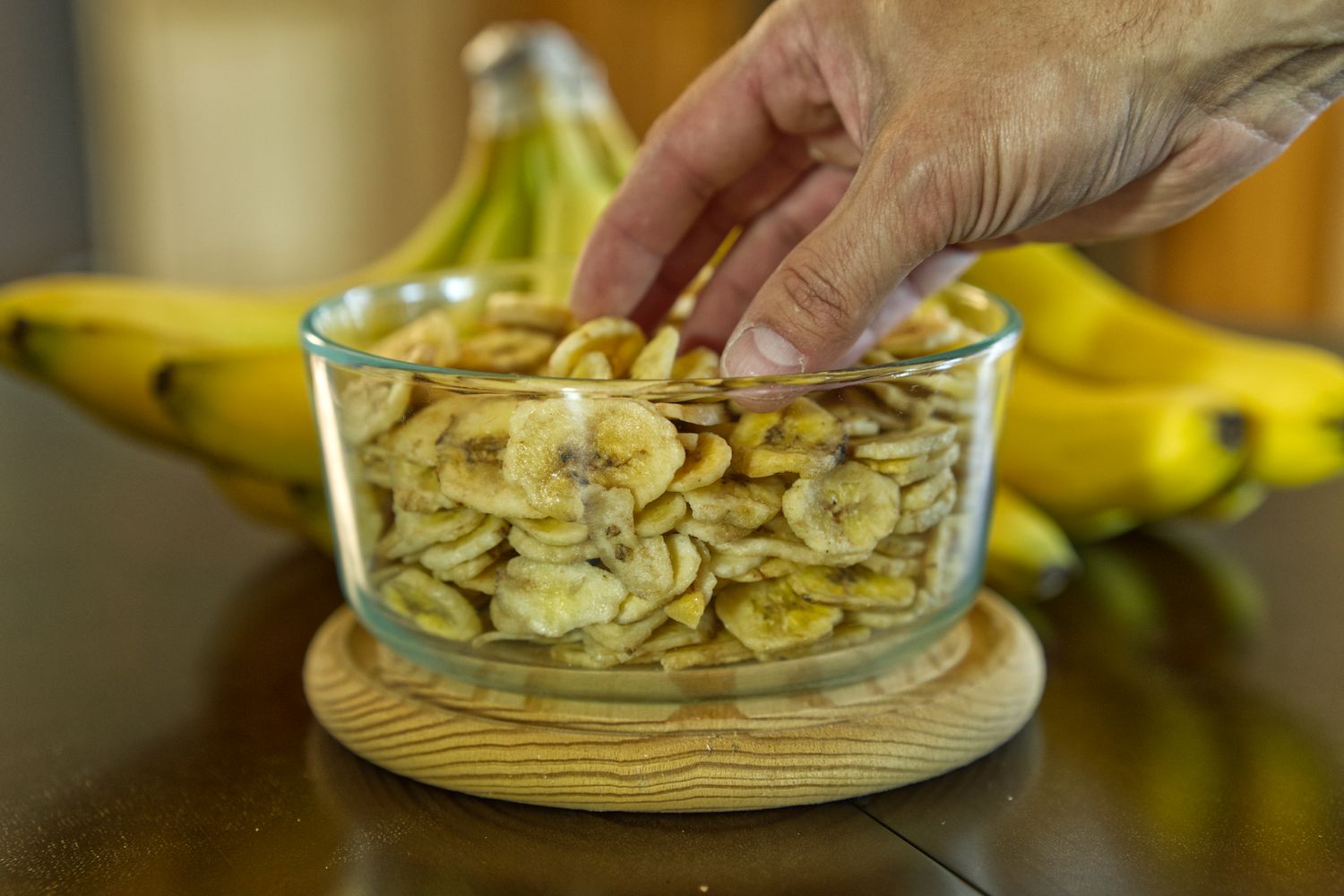


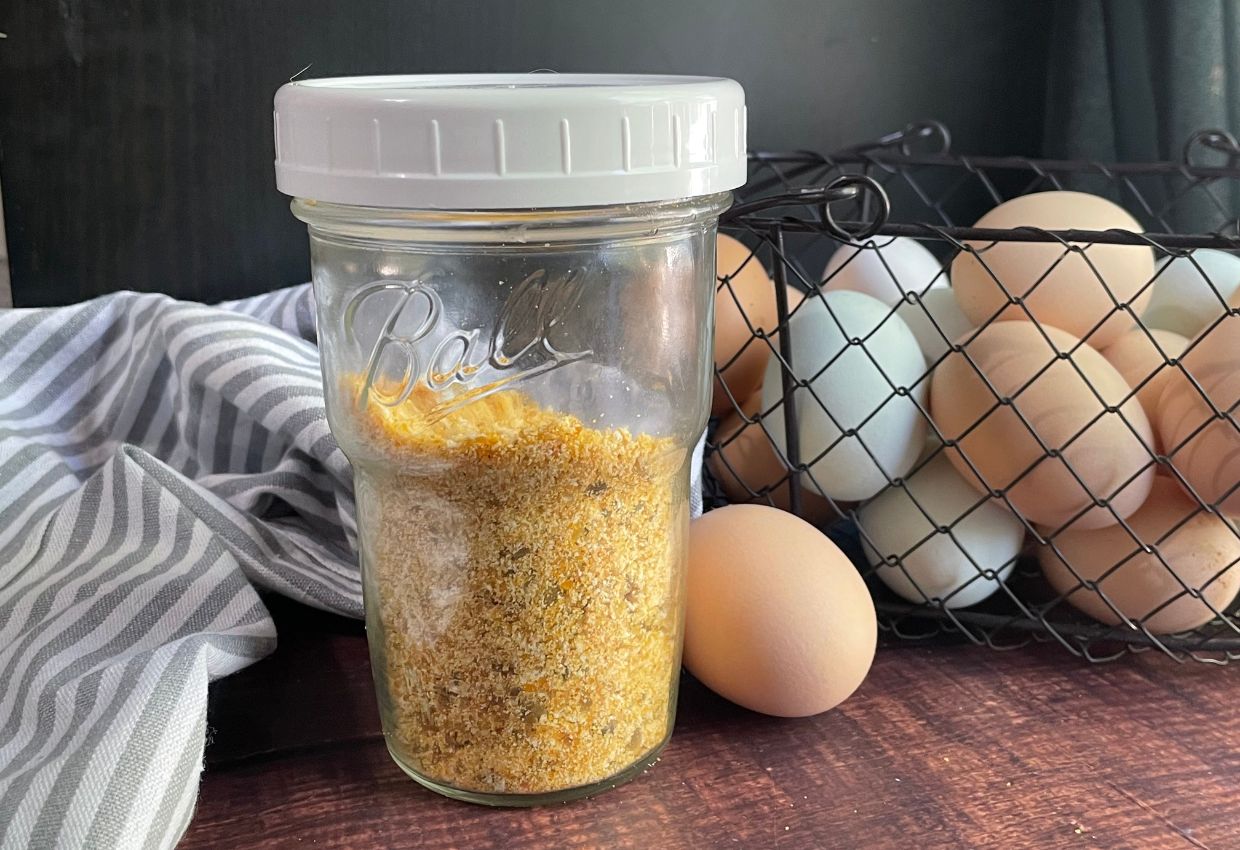
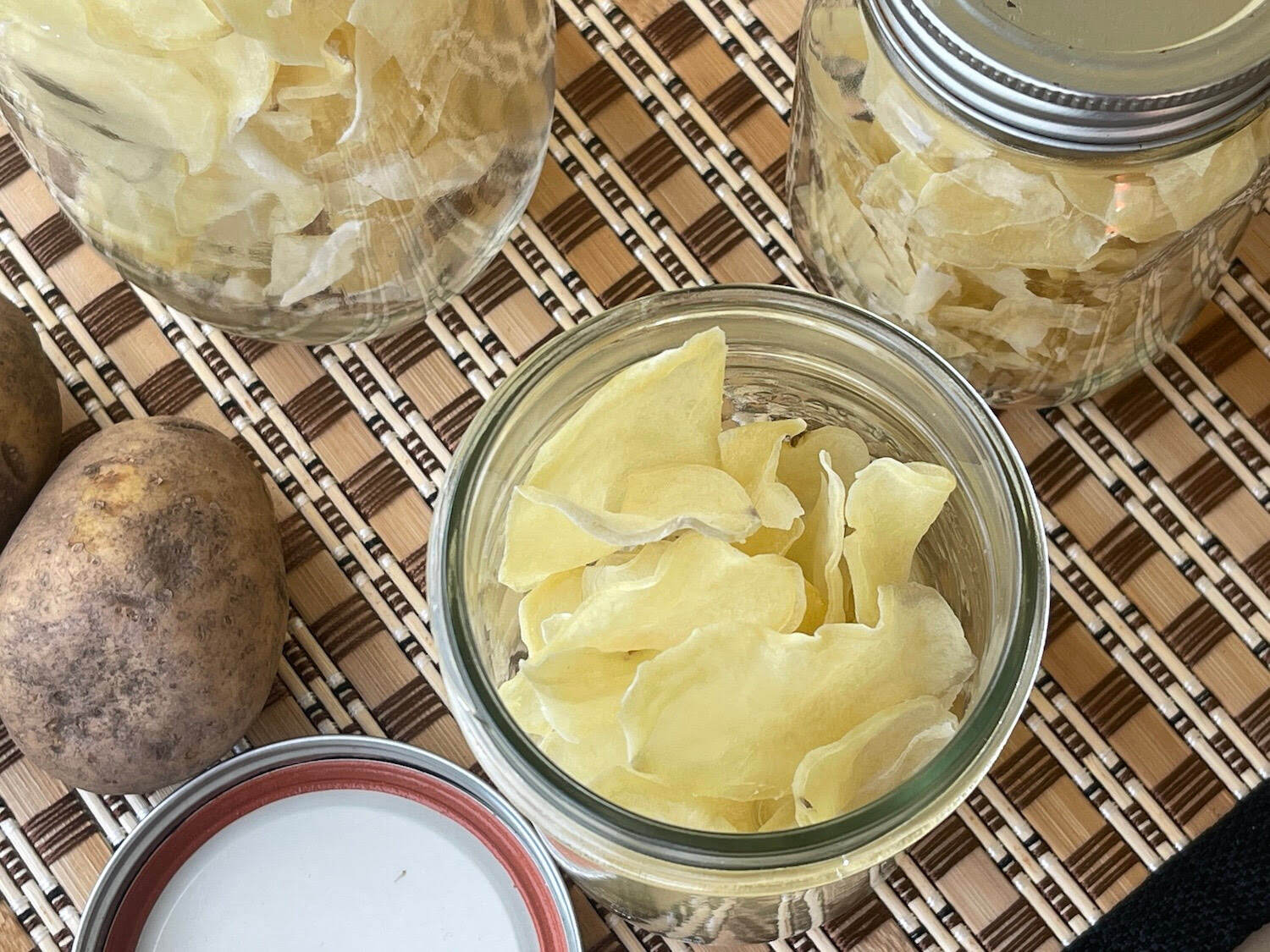
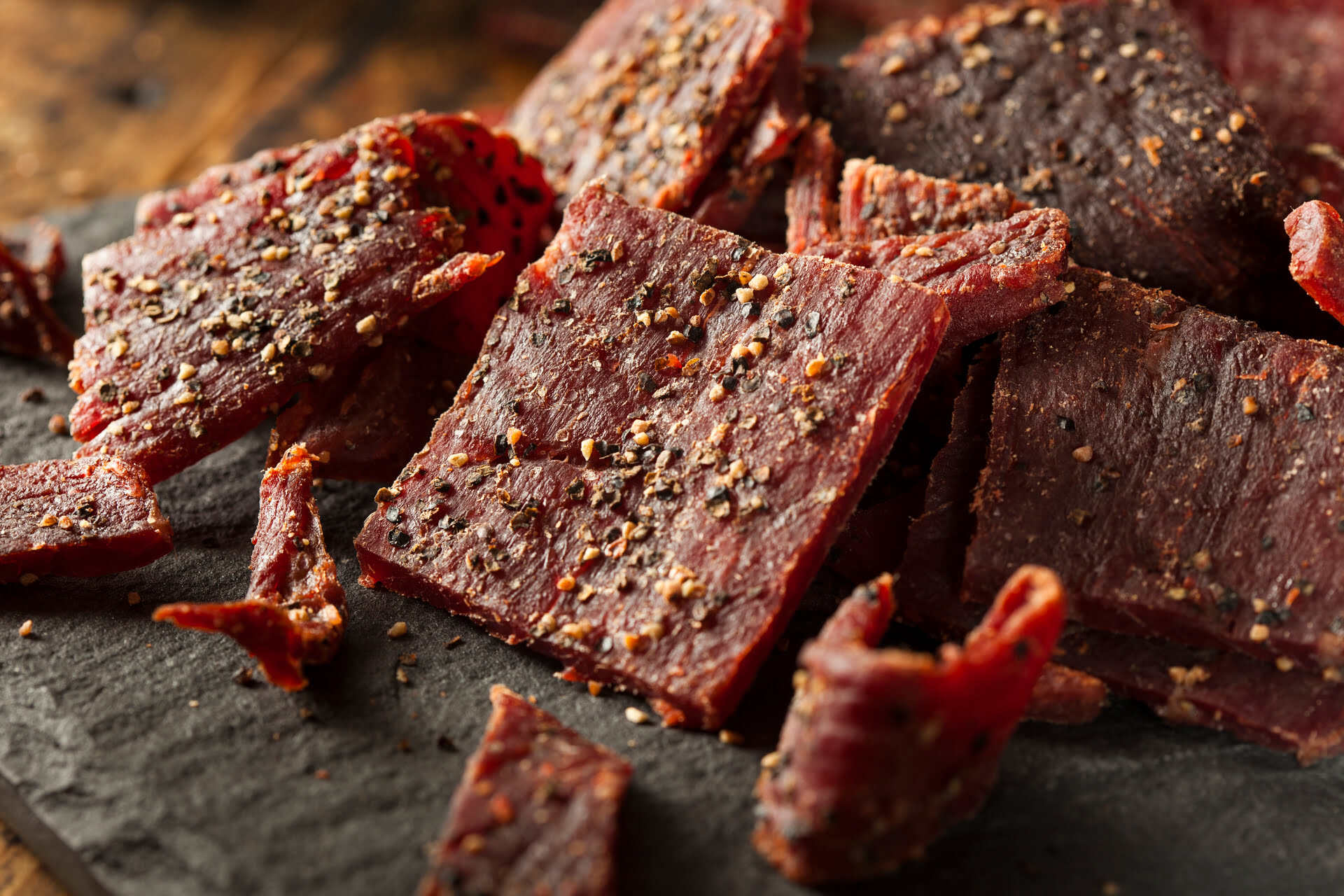

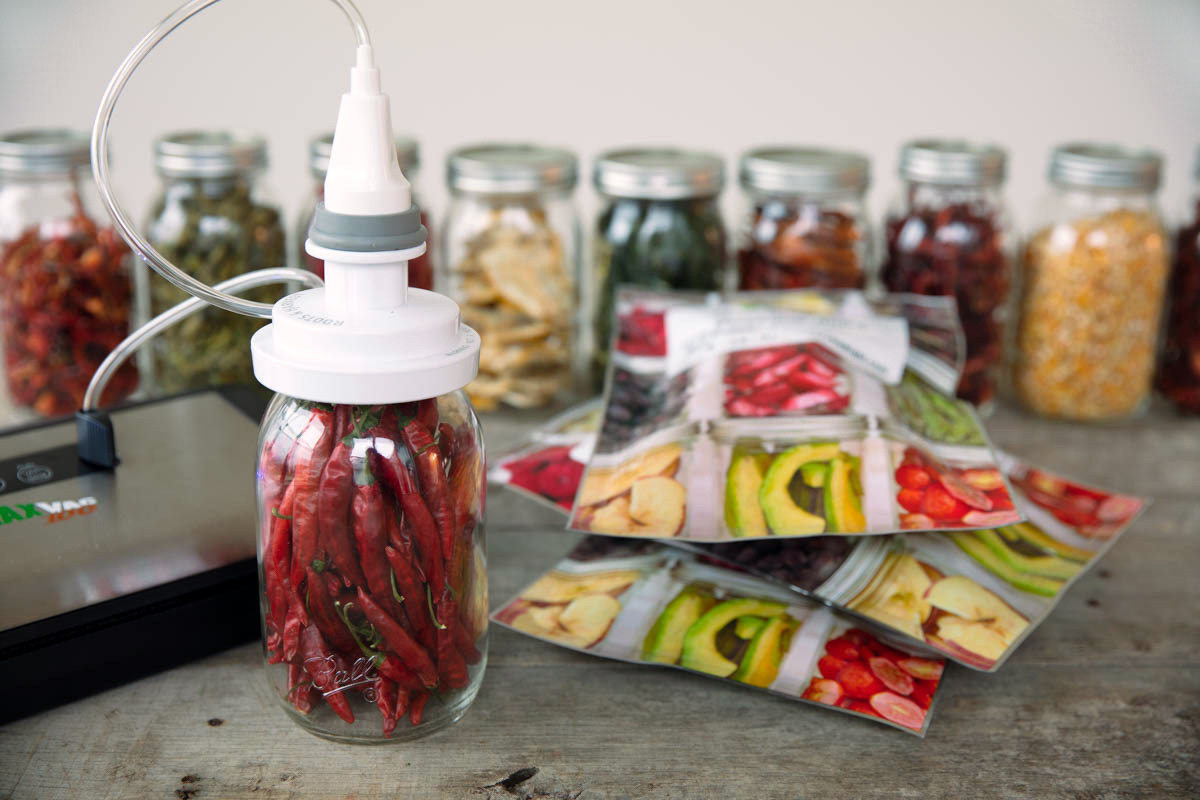


0 thoughts on “How To Store Dehydrated Chicken”